Franck Cabrel Talla Kameni
I am a medical engineer working on 3D image reconstruction and camera calibration, with the aim of matching each 2D image point to the best 3D position in space as accurately as possible.
Explor My Work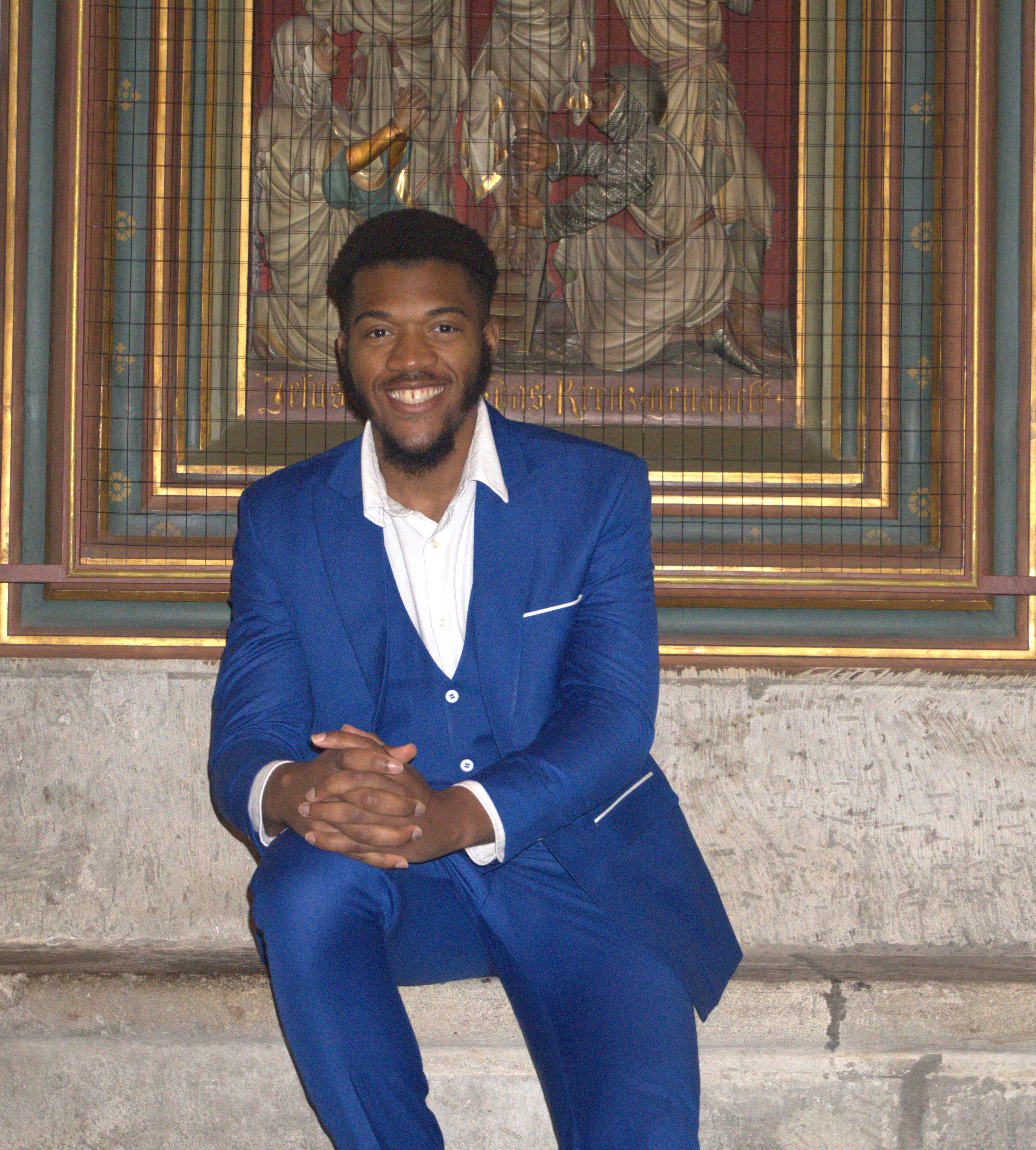
I am a medical engineer working on 3D image reconstruction and camera calibration, with the aim of matching each 2D image point to the best 3D position in space as accurately as possible.
Explor My Work
..
* Sensor-based mapping and localization;
* Mean Gaussian filtering and median filtering;
* OpenCV image reads and displays pixel operation;
* Image restoration, brightness enhancement, skin whitening;
* Image: zoom, cut, shift, mirroring, affine map and rotation;
* object recognition and calculation of the image coordinate of each point;
Implement an image orientation invariant algorithm using affine transformation
Detect and track objects using imaging algorithms. These points will later be used for camera calibration.
* Development of an automatic calibration algorithms in csharp
* Creation of a calibration process with one image and with multiple image
* Implementation of a method to optimize the calibration parameter and reduce the projection error
* Estimation of the best suitable 3D Position of image points using triangualtion
FreeCad, Math.NET, MatLab, CSharp, User graphical interface, OpenCV, Kalman filter, KNN, CNN & SVM recognition.
This project involves the implementation of an image processing application in C++ that performs 2D Fourier Transformation (2D-FT) and high-pass filtering. The goal is to develop an algorithm that enables efficient and precise image processing. The implementation was carried out in both C++ and MATLAB to ensure a thorough examination of the steps and to ensure that the implementation does not deviate from the given structure.
* Setting the Maximum k-values: The method void set_kMax(); sets the maximum k-values for the Fourier transformation based on the given parameters.
* Performing 2D Fourier Transformation of an Image: The method void FTofImage(Image img); performs a 2D Fourier transformation on a given image.
* Filtering with a High-pass Filter: The method void FilterWith_NormK_Filter(void); applies high-pass filtering based on the normalized k-values.
* Inverse Fourier Transformation: The method Image IFT(void); performs an inverse Fourier transformation and returns the result as an image.
* Setting the k-Space Distance: The method void set_Delta_k(double FoVx, double FoVy); sets the k-space distance based on the given parameters.
*The implementation of the image processing algorithms focused on efficiently implementing 2D-FT and high-pass filtering in C++. MATLAB was additionally integrated to verify the implementation steps
* C++, Matlab ;
* Image Processing ;
* Implementation of Fourier Transformation ;
* High-pass Filtering ;
* Integration of MATLAB in C++ projects ;
* Understanding of 2D image processing algorithms ;
The generated image matrices and the matrices with the real and imaginary parts of the Fourier-transformed original image were read in MATLAB and graphically displayed using imagesc(). It was verified that the implemented filter led to a de-blurring of the original image. The k-space matrix was analyzed to ensure it looks sensible and the implementation is correct.
The k-space matrix represents the spatial frequency domain in Fourier space. In medical imaging, for instance, k-space is utilized to represent spatial frequency information in MRI images. Analyzing the k-space matrix helps ensure that the Fourier transform and filtering have been implemented correctly.
The task involved implementing the Radon Transformation in C++ for a given image object. The attenuation coefficients in the image were considered as image points. The Field of View (FoV) of this image is 220 × 220 mm². The Radon transformation to be implemented provides the corresponding Sinogram, which a CT scanner would generate as the measurement result.
* Definition of classes for the Image and the Sinogram;
* Loading the image from the file Object.txt;
* Computing the Sinogram;
* Saving the generated Sinogram to a text file;
* Implementing the algorithm to ensure that each pixel of the image contributes to the sum exactly once along a ray;
* Testing the algorithm in Matlab before implementation in C++;
* Reading the generated Sinogram matrix and the original image into Matlab;
* Graphical representation of the Sinogram using imagesc();
* Generating an image from the Sinogram using the iradon() function.
* Comparing the original image with the image generated from the Sinogram using iradon();
* Discussing possible differences;
*Developing a C++ application to perform the Radon transformation of a given object;
* Reading the generated Sinogram matrix and the original image into Matlab;
* Visual Studio, Matlab, Text File I/O (fstream, ifstream, ofstream) ;
The implementation of the Radon transformation in C++ and the integration with Matlab were successfully completed. The focus was on the correct implementation of the algorithm to ensure accurate Radon transformation. Through Matlab integration, the algorithm was validated, and the results were presented graphically and analyzed.
I have successfully completed a C# Programming course on Udemy. The training covered various aspects of C# programming, from basics like data types and variables to more advanced concepts like Unity Game Development and WPF applications. Below you will find the completed tasks and the focus of my work during the training.
Developing a solid foundation for C# programming through practical applications of data types and variables.
Practical Application: Knowledge of data types and variables is crucial for developing software in medical technology, such as processing patient data.
Efficient use of functions/methods to solve practical problems and optimize code flow.
Practical Application: Efficient code is essential for implementing computation-intensive medical algorithms, such as in image processing systems for diagnosis.
Learning decision-making concepts in programming to determine logical paths within the code.
Practical Application: Decision structures like IF-ELSE and SWITCH are used in medical technology to make adjustments to medical devices based on various patient scenarios.
Automating tasks and repetitions through a comprehensive understanding of loop constructs in C#.
Practical Application: Loops are used in medical technology to automate repetitive processes, such as analyzing large data sets from medical sensors.
Creating robust and maintainable applications through a deep understanding of OOP principles in C#.
Practical Application: Object-oriented programming is used in medical technology to develop modular and maintenance-friendly software for medical devices, such as for imaging procedures or patient monitoring systems.
Practical Application: The advanced C# topics as well as the knowledge in collections, debugging, inheritance, polymorphism, text files, events, delegates, LINQ, threads, unit testing, WPF, and Unity basics and game development find application in medical technology to:
C# Programming, Medical Technology, Software Development.
* Communication skills: Interacting with students in the tutorial group develops the ability to explain complex mathematical concepts in an understandable way and to respond to questions from participants.
* Teamwork: Working as a tutor often requires collaboration with other tutors or the main lecturer to ensure effective teaching and maximise student learning.
* Empathy and sensitivity: By putting yourself in the student's shoes and considering their individual difficulties and needs, you can create a supportive learning environment and enhance the learning process.
* Deeper understanding of the subject: Regular exposure to the content of Maths 3 will deepen and consolidate students' own understanding of the topics.
* Problem solving skills:* Working with students to solve mathematical problems strengthens their ability to analyse complex problems and develop solution strategies.
* Didactic skills: Tutoring experience helps to develop effective teaching methods and to teach mathematical concepts in different ways to suit the different learning styles of student.
Mathematical modeling, Statistical analysis, Algorithm development, Machine Learning.
Legend: (+) 1 year experience; (++) 2 to 3 years experience; (+++) more than 3 years experience.

* artificial intelligence
* machine learning : (++)
* pattern recognition : (++)
* computer vision : (+++)
* image processing : (+++)
* development of sensors and techniques of acquisition: (+++)

* Python : (++)
* Matlab : (++)
* CSharp : (++)
* Git & GitHub : (++)
* FreeCad : (++)
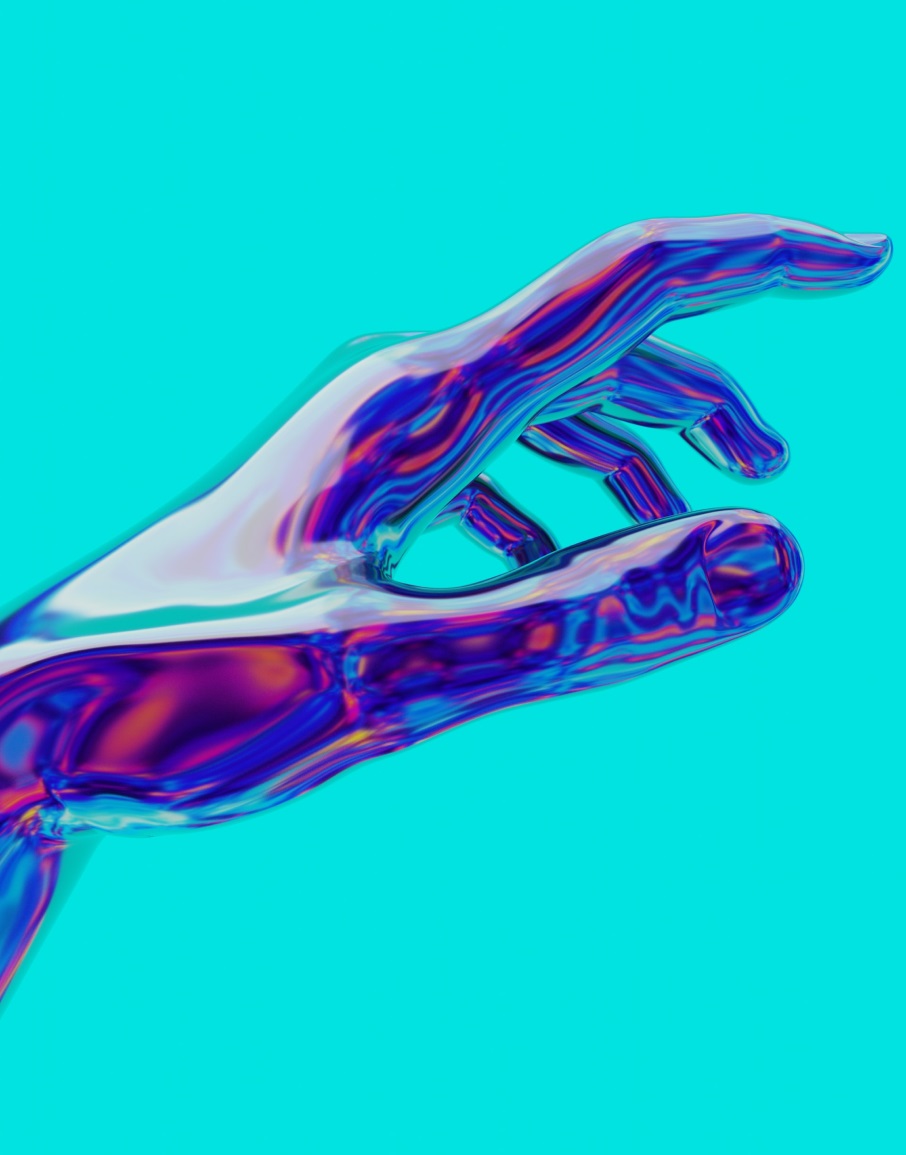
* MS Office : (+++)
* Excellent trainer : (+++)
* Remote control PC : (+++)
* Microsoft App : (+++)
Bachelor in Medical Engineering with experience in medical image analysis applications. My mission is to revolutionise medical technology by developing innovative solutions to improve the lives of millions of people worldwide. Medical technology has the potential to significantly impact lives, bringing hope and relief to countless people around the world. By dedicating my efforts to the advancement of medical technology, I aim to alleviate suffering and bring hope to millions of people around the world. This mission is not only driven by scientific advancement, but also driven by empathy and a desire to help alleviate human suffering. By combining cutting-edge AI algorithms with cutting-edge technology, I will enable patients to experience significant improvements in their health and well-being, bringing dignity and purpose to their lives. My vision is to create a world where medical technology improves the lives of millions, bringing hope, relief and a brighter future. Together, we can make this vision a reality and create new opportunities to improve healthcare worldwide.
Passionate about computer vision and medical technology, I have skills in CSharp, C++ and Python. I am used to working in a team and have learnt to develop using best practices. My experience has given me a knack for understanding other people and making the best decisions under stressful circumstances. In my free time I like to play football, volleyball and do yoga.
Contact Me
Hochschule Koblenz
märz 2020 - now
The Udemy - Online, Germany.
Volkshochschule Clausthal-Zellerfeld, Germany.
April 2019 - August 2019
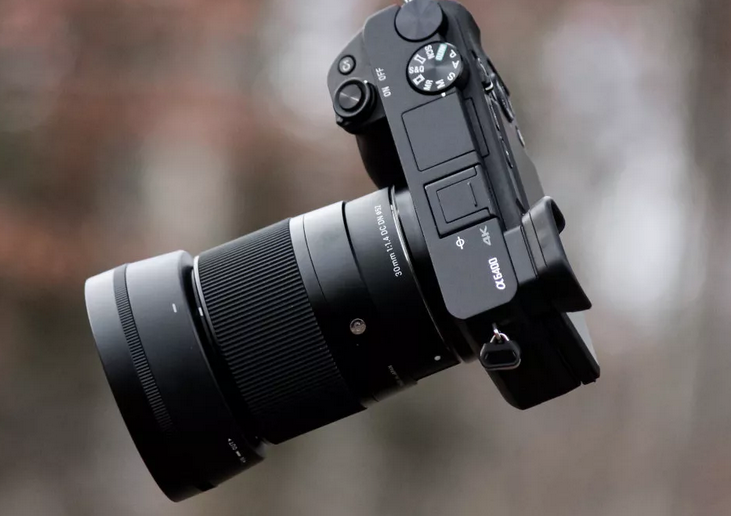
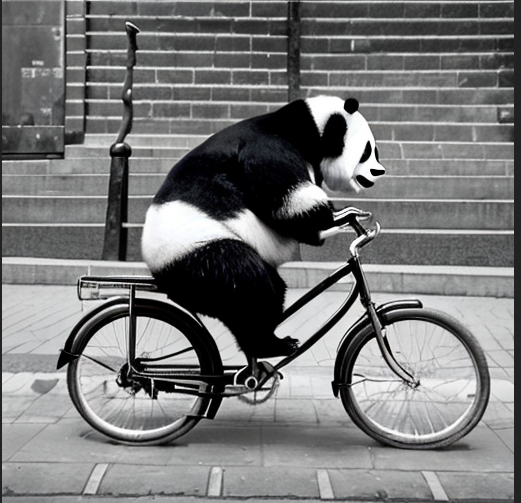

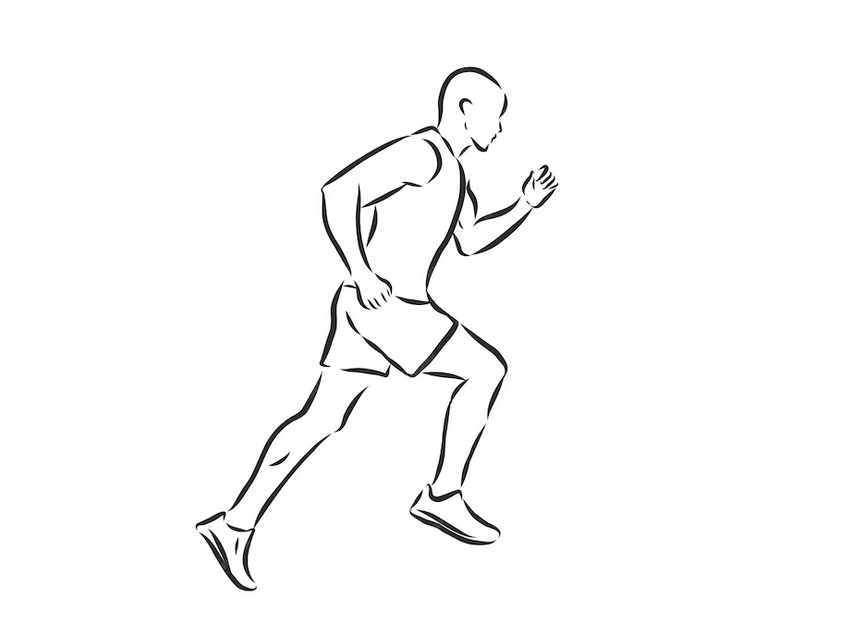



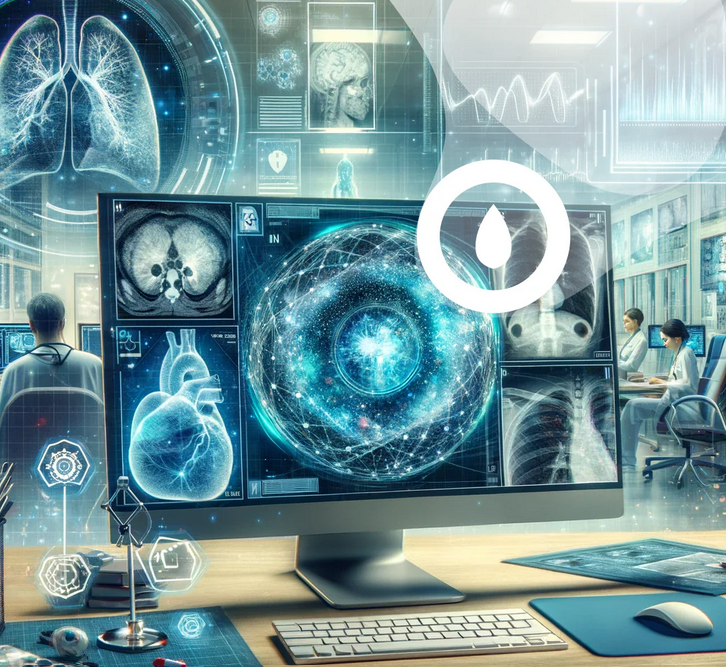
My social skills as a manager
As a manager, I can use my social skills to combine my own management goals with the values and behaviour of my employees and influence them where necessary. The ability to build, maintain and develop sustainable relationships with employees and customers is essential for professional success.
As I am aiming for a management position, I have also developed other social skills that help me to manage my team but still contribute to social interaction. These include qualities such as
- A sense of responsibility
- communication skills
- Loyalty
- Ability to deal with criticism and conflict
- Ability to co-operate
- Ability to compromise
- Negotiating skills
- Assertiveness
- ability to motivate
- Sense of justice
- Emotional intelligence
Contact Me